The Taiwan and Sri Lanka Environmental Change Sciences and Technology Innovation Center (TS/ECSTIC) was established in February, 2019 under the support of Taiwan’s Ministry of Science and Technology (MOST). Researchers have collected plentiful samples and data back to Taiwan and have generated new ideas during the two years of international fieldwork and academic exchange. Below are reflections by several fieldworkers.
Sharp DNA Samplings
The sampling research was a joint project with Dr. Terney Pradeep Kumara of the Department of Oceanography and Marine Geology, University of Ruhuna. The vast sampling area covered cities in the west, northwest, northeast, and south of Sri Lanka (see Figure 1).
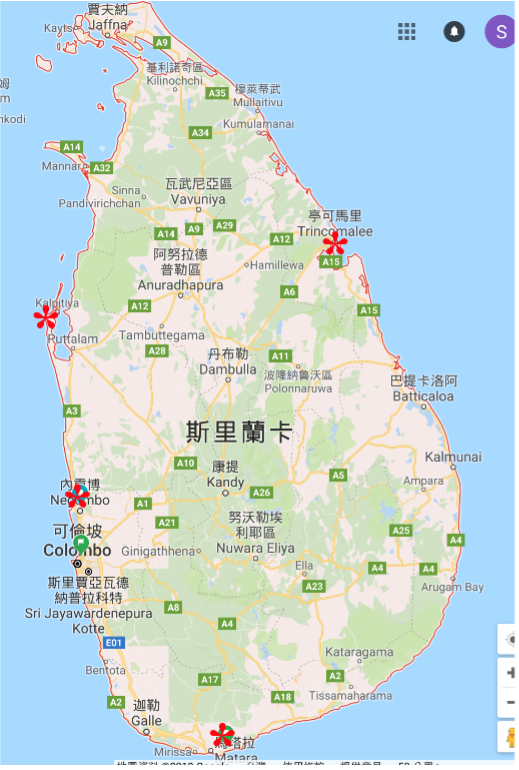
Figure 1: Cities with asterisks include Negombo, Puttalam, Tricomalee, and Matara.
As a result of limited transportation network, our less-than-70-kilometer trip from Negombo to Puttalam took more than four hours. We had to cross a 40-kilometer national park without public transport and cellphone signals. Our van was stuck in mud and puddles multiple times on the dirt road in the rainy season. If it had not been for the help from the navy garrison passing by (Figure 2 and 3), our sampling would have fallen far behind schedule (Note 1).
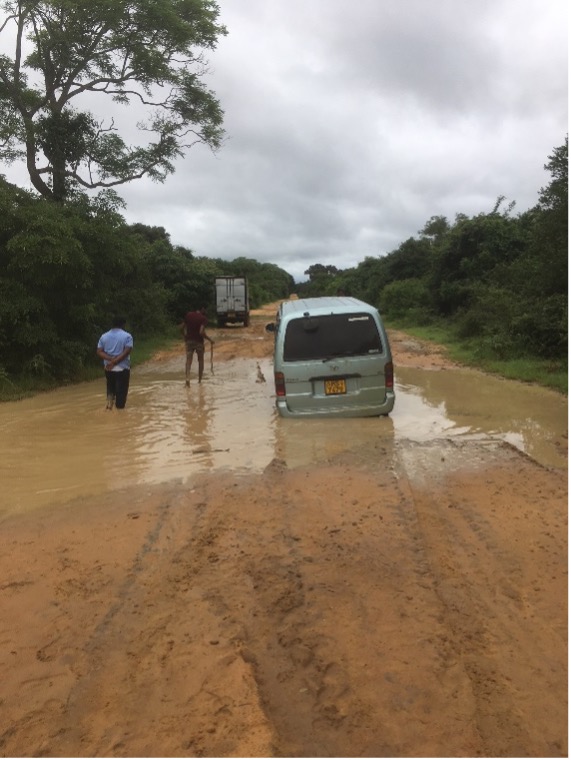
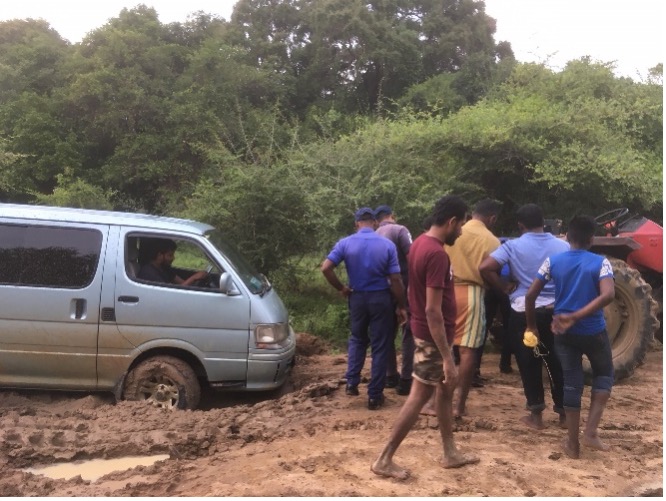
Figure 2: Muddy road from the rain season Figure 3: Local navy getting the van back on the road
In February, 2020, a research assistant from University of Sri Jayewardenepura accompanied us to a fish market in Sri Lanka to gather shark samples of the Indian Ocean. The two fish markets we had chosen were a harbor in Negombo, a major city on the west coast between Colombo and an airport, and Peliyagoda fish market in Colombo, the capital.
The sampling time was between three to four in the morning. We could still see fishers unloading their catch when we arrived at the Negombo harbor. There was a fish batch of around 30 silky sharks fresh from the vessel. We were able to obtain muscle samples from the shark and to measure their length through the research assistant’s communication with the fishers. Fish of the same kind were piled together, making it easy to sample from a certain species.
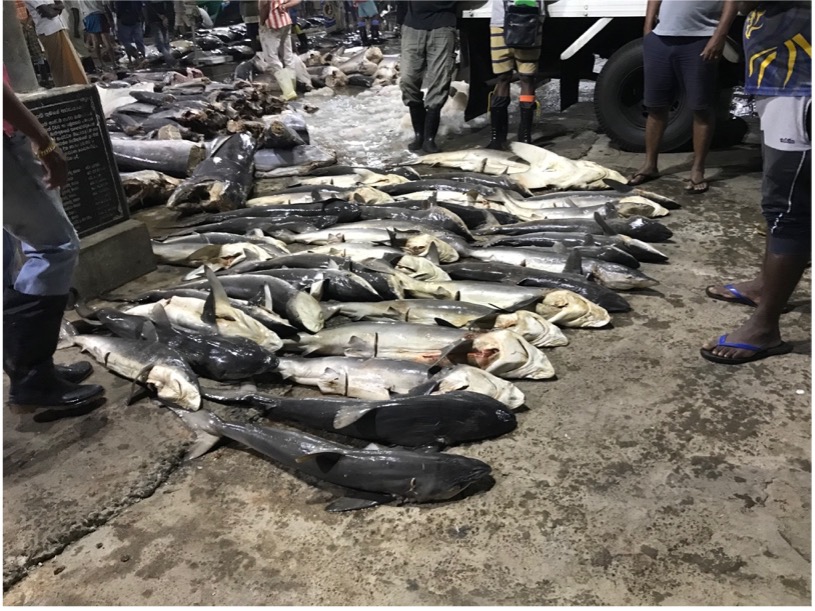
Figure 4: 30 silky sharks unloaded from a fishing vessel
The Peliyagoda fish market in Colombo is busier than the Negombo harbor (Figure 5). At the time we arrived, the fish harvest was already organized by vendors. Every stand offered a variety of fish from harbors all across the country, so we had to sample from one stand to another. The sampling trip was an overall success since we were fortunate to have gathered enough samples of target species; moreover, with the research assistant’s help in communication to smooth the process, vendors were willing to let us collect muscle samples free of charge (Note 2).
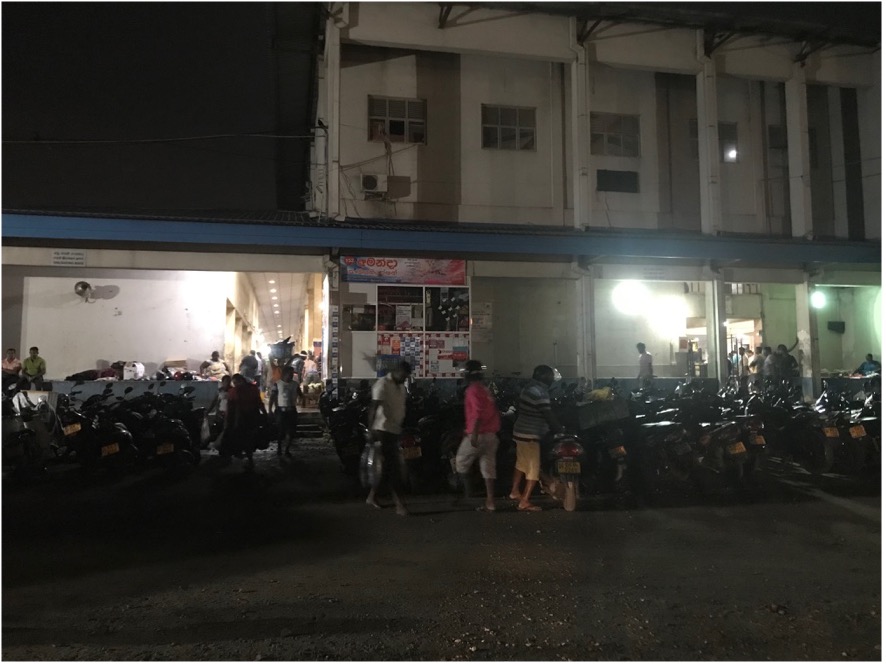
Figure 5: Peliyagoda fish market
TS/ECSTIC had collected 353 tissue samples from ten major harbors and fish markets in Sri Lanka between 2018 to 2019. Three hundred and thirty of the samples were sequenced through DNA barcoding and compared to a sequence database. It turned out that there were 17 shark species in the samples, 40% of which were silky sharks, 62% belonged to IUCN threatened species. (The 2020 data was still in progress.) Our study focuses on shark diversity, and have found that the species composition is correlated with fishing gears and methods of local fishers. The results, already submitted to Fisheries Research, will provide references to the government of Sri Lanka with regard to its shark fisheries management policy.
We drew a lot of attention at the hotel since checking in. Unlike other hotel guests who were there to enjoy food and tourist attractions, we were on a mission, carrying trunks of equipment to the lobby. The hotel room was our temporary lab (Figure 6). When there was a wedding party in the meadow raving all night (Figure 7), we were buried in work in our room.
There was few traffic lights but heavy traffic in Sri Lanka. We had to hold on tight on the tuk tuk (Figure 8) for fear of being thrown off the car, as if we were on a roller coaster without a seatbelt. The most unforgettable experiment during sampling was a frightful time that we had to jumped into the lagoon to adjust the monitor while an Asian water monitor (Varanus salvator) was swimming nearby. The field survey enlightened me to a different culture, lifestyle, and natural environment (Note 3).
.jpg)
.jpg)
Figure 6: Hotel room used as a temporary lab Figure 7: Wedding in the hotel meadow
.jpg)
Figure 8: Riding on the tuk tuk in Sri Lanka
.jpg)
Figure 9: Asian water monitor in the lagoon
Unexpected Harvest from Ex Situ Research
The cooperative sampling project with Sri Lanka allowed me to leave Taiwan for the first time. Since it was an academic trip, I had ample opportunity to interact with local professors and students who warmly welcomed us. The students voluntarily showed us around the campus, introduced its architectural history and culture, shared all kinds of stories. We were genuine interested in each other’s background and culture. When we realized our professions and research aims implied long-lasting collaboration, we were outspoken on research projects we wanted to work on. They knew the climate and environment of Sri Lanka well, understood the current plight, and were actively looking for solutions. Their positivity and determination were inspired me to become more certain about my future. I hope there are more exchanges like this because cooperation leads to efficient use of resources and remarkable affinity. We can bring what we are proud of doing into blossom (Note 4).
.jpg)
Figure 10: Group photo of TS/ECSTIC members
Fieldwork not only provides cultural immersion for Taiwanese students, but also enables talent cultivation through in-depth exchanges with local scholars and students. Our last ex situ research was in February, 2020. Though there were only sporadic COVID cases in Sri Lanka, people were panicked and we all packed rubbing alcohol and masks in our baggage. Locals were yelling “Corona” to us. We were extremely cautious during sampling. The pandemic spread the minute we came home. World governments imposed a lockdown one after another, and universities in Sri Lanka were closed. Subsequent studies were faced with immense challenges but we could only wait for the pandemic to subside and for Sri Lanka to go back to normal. Thanks to technology, we could still discuss research results online. In February, we also held a bilateral workshop (Figure 11) during which we reported achievements in the past two years and discussed future directions to ensure continuous collaboration. Hopefully, despite the lack of official diplomatic relations, Taiwan and Sri Lanka can form a mutually beneficial partnership through academic exchanges that strengthen our alliance.
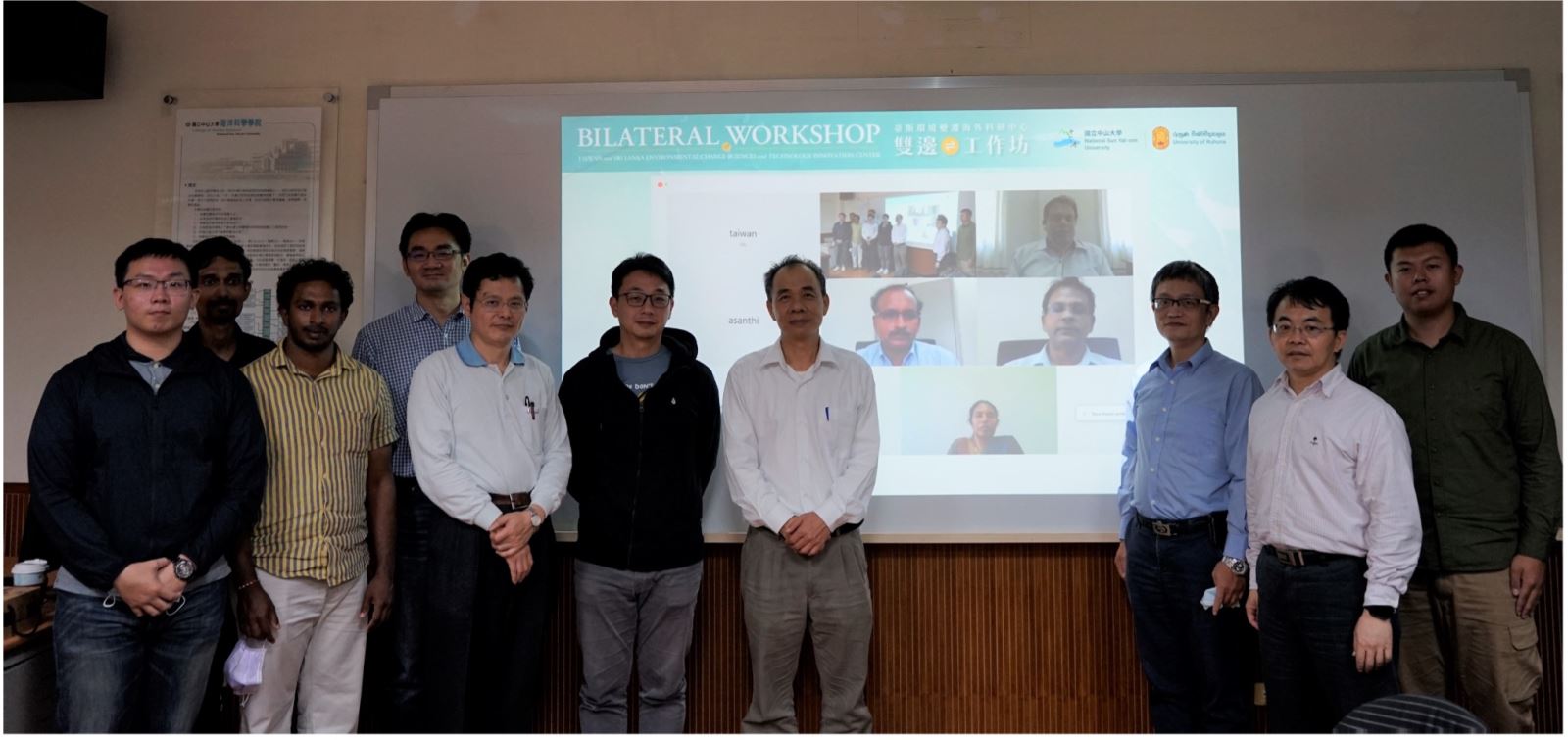
Figure 11: TS/ECSTIC bilateral workshop
Notes:
1. Written by Shang-Yin Vanson Liu, associate professor of the Department of Main Biotechnology and Resources, National Sun Yat-sun University
2. Written by Chia-Yun Lee, doctoral student of the Department of Main Biotechnology and Resources, National Sun Yat-sun University
3. Written by Ching-Yi Chen, master student of the Department of Oceanography, National Sun Yat-sun University, and Ming-Hsiu Chuang, assistant of TS/ECSTIC
4. Written by Fei-Ling Yuan, master student of the Department of Oceanography, National Sun Yat-sun University